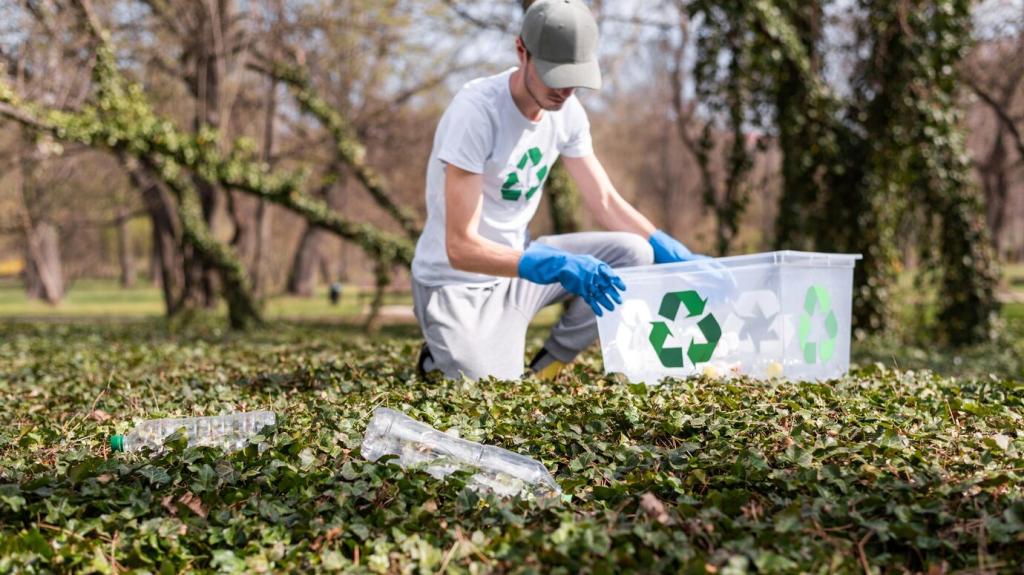Green Cleaning Solutions for Sustainable Upholstery Care
Green cleaning solutions are transforming the way we care for our upholstered furniture, offering a healthy and environmentally conscious alternative to traditional cleaning techniques. Sustainable upholstery care means using methods and products that are safe for people, pets, and the planet, without compromising on quality or effectiveness. By embracing green cleaning, you can extend the life of your furniture, maintain indoor air quality, and support global efforts to reduce harmful chemicals. This page explores the principles of eco-friendly upholstery cleaning, highlights safe ingredients, uncovers techniques for effective care, and reveals the long-term benefits of making greener choices for your home.

Minimizing Chemical Exposure
A fundamental reason to choose green upholstery cleaning is the substantial reduction in chemical exposure for household members and pets. Traditional cleaning agents often contain volatile organic compounds (VOCs), artificial fragrances, and other synthetic substances that can linger on fabric surfaces and in indoor air. Over time, exposure to these materials has been linked to respiratory irritation, allergy flares, and long-term health concerns. Green cleaning products, in contrast, are intentionally formulated to avoid such harmful ingredients. By selecting solutions with plant-based or mineral ingredients, you create a healthier living space where family members can relax on clean, comfortable furniture without worrying about hidden hazards.
Conserving Water and Resources
Green upholstery cleaning embraces water-efficient practices and resource-conscious approaches. Since upholstered furniture absorbs moisture, excessive water use can harm both your furniture and the environment. Sustainable methods utilize low-moisture techniques that clean thoroughly while significantly reducing water consumption. These might include steam cleaning with efficient machines, or dry compounds that lift dirt without saturation. In addition, many eco-friendly products are concentrated, requiring less packaging and transportation energy. Together, these practices not only deliver spotless results but also contribute to conserving precious resources—a cornerstone of sustainable living.
Supporting Biodegradable Formulations
A distinguishing feature of effective green cleaning is the reliance on biodegradable ingredients that safely break down in the environment. Instead of harsh surfactants, chlorine, or quaternary ammonium compounds, eco-friendly solutions employ ingredients such as plant-derived enzymes, natural acids, and biodegradable soaps. After cleaning, any residue left on the upholstery can be safely washed away without polluting waterways or contributing to chemical buildup in your home. Supporting biodegradable formulations makes every cleaning effort part of a larger commitment to environmental stewardship, ensuring that each step in your care routine leaves a positive legacy.
Safe and Sustainable Upholstery Cleaning Ingredients
Plant-based cleaners harness the natural cleansing properties found in botanical extracts and renewable sources. Ingredients such as citrus oils, coconut-derived surfactants, and saponins from soap nuts gently remove dirt, stains, and grime without leaving behind toxic residues. These bioactive substances are chosen not only for their cleaning prowess but also for their mildness, reducing the risk of discoloration or fabric damage. Many plant-based formulas are also hypoallergenic and free from dyes or artificial fragrances, making them an excellent choice for anyone seeking a balance between effectiveness and safety. By using the power of plants, green cleaning methods support a cycle of renewal, from harvest to biodegradation.
Techniques for Effective and Sustainable Upholstery Care
Steam Cleaning with Eco-Conscious Equipment
Steam cleaning is a powerful and sustainable method for deep-cleaning upholstery, especially when paired with modern, energy-efficient equipment. Using only water, steam penetrates fabric fibers to dissolve stains, lift embedded dirt, and neutralize odors without the need for harsh chemicals. Many of today’s green steam cleaners are designed for reduced energy consumption and feature adjustable settings for different fabric types, ensuring thorough yet gentle care. Additionally, the high temperature of steam naturally sanitizes surfaces, making it an effective alternative to disinfectants that may contain harmful substances. By maintaining your upholstery with eco-conscious steam cleaning, you benefit from both superior cleanliness and a lighter ecological footprint.
Spot and Stain Removal with Natural Solutions
Prompt attention to spills and stains is key to preserving your upholstery’s appearance and longevity. Green cleaning advocates favor spot treatments consisting of natural ingredients such as white vinegar, baking soda, and castile soap—solutions that are tough on stains but kind to the environment. These simple, cost-effective remedies avoid soaking the entire piece, thereby conserving water and minimizing residue. Gentle blotting and dabbing, rather than scrubbing, further protect the fabric’s integrity. As a result, you maintain a pristine look, prevent permanent discoloration, and foster a daily cleaning routine that requires fewer resources and chemical interventions.
Regular Maintenance for Prolonged Durability
Sustainable upholstery care recognizes the value of regular maintenance, which reduces the need for intensive, resource-heavy interventions. Weekly vacuuming with HEPA-filtered machines captures dust, allergens, and particulate matter before they can settle deep within fibers, preserving both appearance and structure. Rotating cushions and protecting upholstery from direct sunlight also helps prevent uneven wear and fading. Over time, these practices not only keep your furniture attractive and functional but also decrease the frequency of deep cleans or replacement. This thoughtful approach maximizes the useful life of each piece and aligns perfectly with the ethos of sustainability—waste less, care more.

